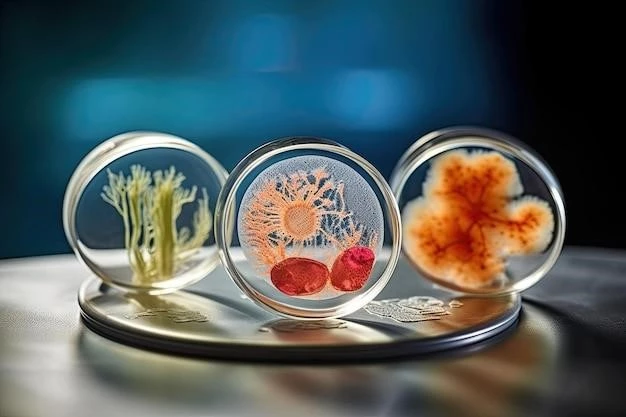Introduction to Multiple Carboxylase Deficiency, Biotin Responsive
In biotin-responsive multiple carboxylase deficiency, a characteristic organic aciduria reflects deficiency of specific carboxylases. Two inherited defects impact biotin metabolism, resulting in multiple carboxylase deficiency.
Overview of the Disease
In biotin-responsive multiple carboxylase deficiency, there is a characteristic organic aciduria reflecting deficiency of specific carboxylases. The disease manifests with metabolic acidosis, neurological symptoms, skin rash, and alopecia, all showing significant response to treatment with pharmacological doses of biotin. Two inherited defects in biotin metabolism influence the deficiency, leading to symptoms related to impaired carboxylase activity.
Clinical Manifestations and Symptoms
In biotin-responsive multiple carboxylase deficiency, the disease presents with metabolic acidosis, neurological symptoms, skin rash, and alopecia, responding significantly to pharmacological biotin doses.
Metabolic Acidosis and Neurological Symptoms
Characteristic manifestations of biotin-responsive multiple carboxylase deficiency include metabolic acidosis, hypotonia, seizures, ataxia, impaired consciousness, skin rash, and alopecia. The disease shows a significant response to oral therapy with pharmacological doses of biotin.
Genetic Causes and Inheritance
Biotin-responsive multiple carboxylase deficiency is linked to inherited defects impacting biotin metabolism, particularly involving holocarboxylase synthetase (HCS) deficiency and biotinidase deficiency.
Holocarboxylase Synthetase (HCS) Deficiency
In biotin-responsive multiple carboxylase deficiency, holocarboxylase synthetase (HCS) deficiency leads to a greater requirement for biotin, resulting in the accumulation of organic acids in the urine. This genetic defect impairs the binding of biotin to apocarboxylases, contributing to the manifestation of multiple carboxylase deficiency symptoms.

Role of Biotin in Treating Carboxylase Deficiencies
The historical perspective on biotin supplementation in treating carboxylase deficiencies dates back around 40 years, demonstrating clinical response to biotin supplementation in patients with carboxylase deficiency, highlighting the essential role of biotin in managing these conditions.
Historical Perspective on Biotin Supplementation
Research on biotin supplementation began around 40 years ago, showing clinical responses in patients with carboxylase deficiencies. Early studies demonstrated the essential role of biotin in managing these conditions.
Diagnosis and Screening
In biotin-responsive multiple carboxylase deficiency, diagnosis involves identifying characteristic manifestations such as metabolic acidosis, neurological symptoms, skin rash, and alopecia, with effective screening methods available for newborns.
Diagnostic Methods and Screening for Newborns
Diagnosis of biotin-responsive multiple carboxylase deficiency involves recognizing metabolic acidosis, hypotonia, seizures, ataxia, impaired consciousness, skin rash, and alopecia. Newborn screening methods play a crucial role in early detection and intervention for affected individuals.

Treatment Options and Management
In biotin-responsive multiple carboxylase deficiency, treatment involves high-dose biotin leading to dramatic improvement in symptoms, including normalization of developmental milestones, dermatitis disappearance, and hair growth.
Oral Therapy with Pharmacological Doses of Biotin
Oral therapy with pharmacological doses of biotin has shown remarkable improvement in patients with biotin-responsive multiple carboxylase deficiency, leading to the normalization of symptoms such as metabolic acidosis, neurological manifestations, skin rash, and alopecia.
Research and Advancements
Immunoregulatory dysfunction in individuals with multiple carboxylase deficiency responds to biotin administration, showing promising advancements in the management of this condition.
Immunoregulatory Dysfunction and Response to Biotin Administration
Impairment of immunoregulatory function due to defective PGE monocytic production in individuals with multiple carboxylase deficiency responded to biotin administration, highlighting the role of biotin in managing this condition.
Improvement with high-dose biotin and normalization of symptoms, including developmental milestones, skin conditions, and hair growth, are promising for individuals with biotin-responsive multiple carboxylase deficiency.
Prognosis and Long-Term Outlook
Improvement with high-dose biotin and normalization of symptoms, including achievement of developmental milestones, resolution of skin conditions, and promotion of hair growth, provide a positive long-term outlook for individuals with biotin-responsive multiple carboxylase deficiency.
